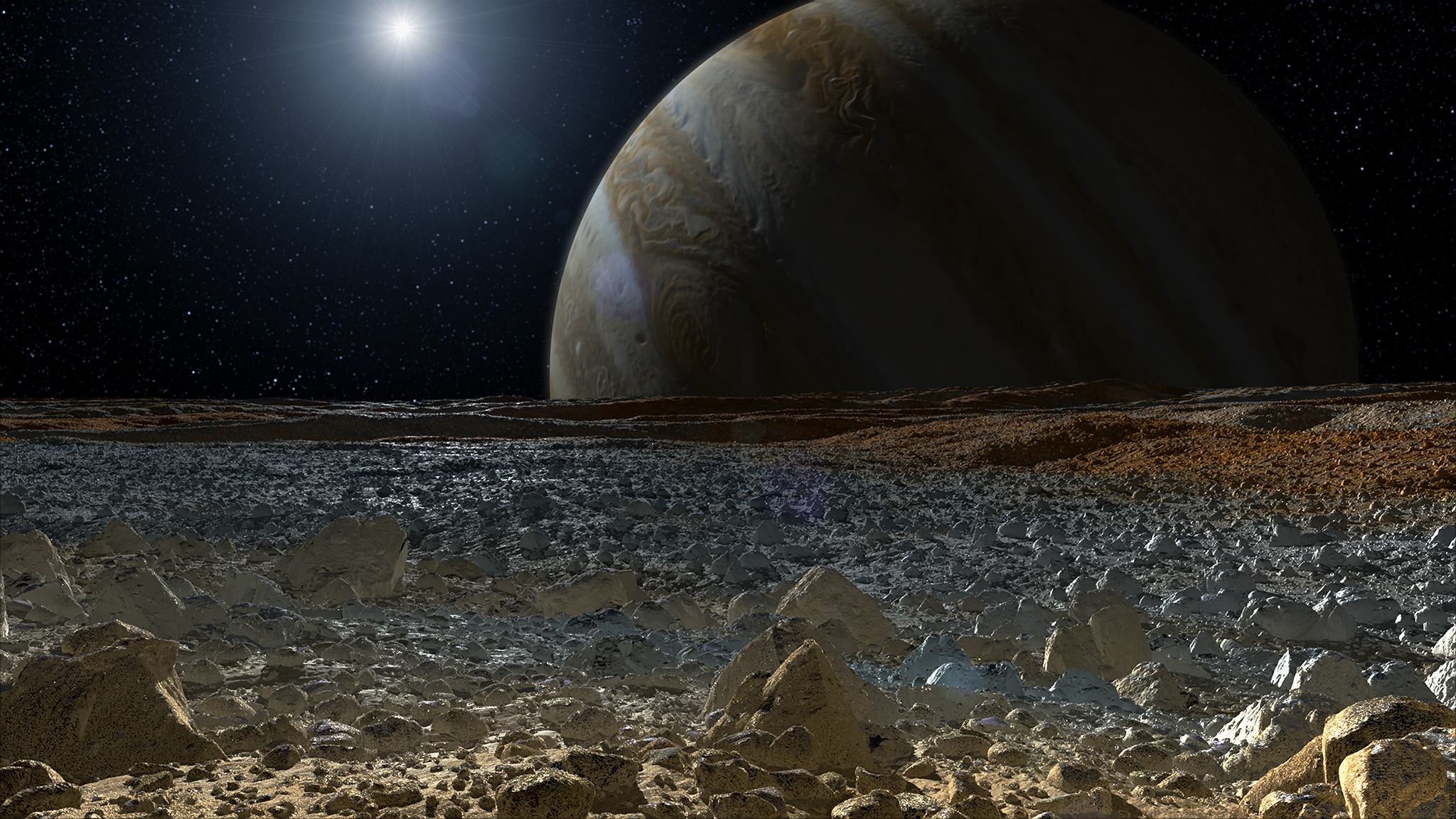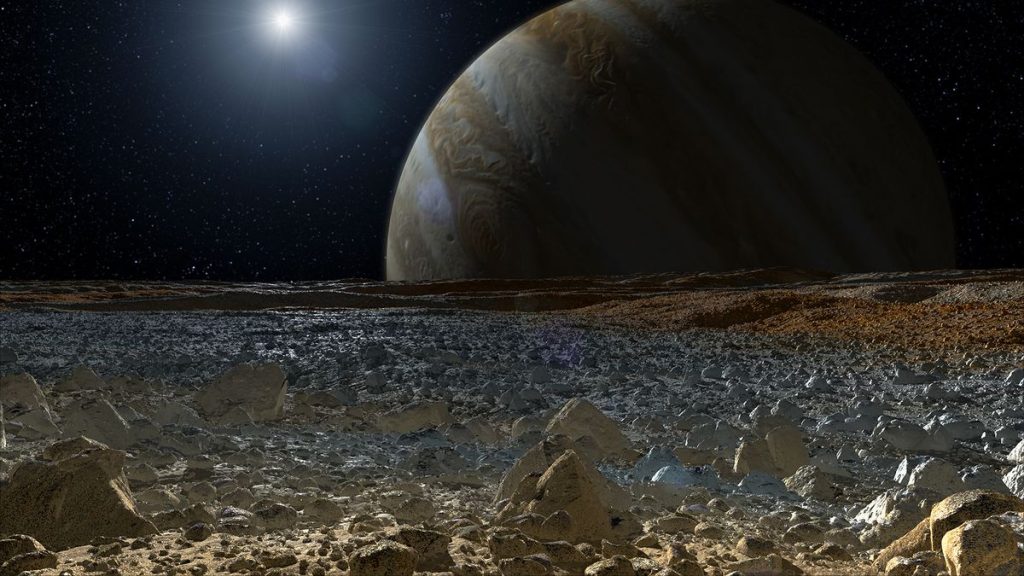
If you have a clear view of the night sky at the end of February, you’ll be able to see all the planets in the solar system with the naked eye, lined up in a “planetary parade.” But what would these planetary alignments look like if you could stargaze from extraterrestrial worlds?
Right now, six of the seven planets — not including Earth — are visible to the naked eye. If you can get away from the city lights and if it’s not too cloudy, tonight you will be able to look up and see Venus, Mars, Jupiter, Saturn, Uranus and Neptune. You can add Mercury — the smallest of all the planets in our solar system — to that bucket list later this month.
All the planets revolve around the sun in the same plane, which astronomers call the ecliptic. As they speed through their orbits in concert, the distances between each pair of planets grow and shrink. When we look up at the night sky, how bright the planets appear depends on how close they are at that precise moment in time.
At the end of February, all the planets will be close enough to Earth to be visible with the naked eye. Because they all orbit in the ecliptic plane, we see them in a magnificent arc across the night sky — the great parade.
Related: Planetary parade February 2025: When, where and how to see it
Exquisite views of Jupiter from Europa
There is an abundance of rocky worlds throughout our solar system, from the rocky planets to the moons around our gas and ice giants. Europa is one of the closest moons of the gas giant Jupiter. Scientists believe that there is a subsurface ocean beneath Europa’s icy shell that contains more water than all of Earth’s oceans combined.
What views of the night sky would we have if we had evolved on Europa instead of on Earth?
Breaking space news, the latest updates on rocket launches, skywatching events and more!
Unfortunately, we would never get to see all the planets in alignment; in fact, we would never get an unaided view of Mercury.
However, any planetary alignment seen from Europa — any view of the night sky at all, for that matter — would look nothing like what we are used to looking up and seeing here on Earth.
The size of a celestial object in the night sky depends on both its physical size and — just as importantly — its distance from the observer.
Stargazing from Europa, Jupiter would look 20 times larger than the size of the moon we see in our own night sky. The Great Red Spot alone would be bigger than the sun!
Bizarre as it seems, the sun would only appear as a faint orange glow, five times smaller than for us here on Earth.
Dazzling and ever-changing planetary parades from TRAPPIST-1
We have discovered thousands of planets orbiting stars outside of our own solar system. Taking our hypothetical stargazing scenario a step further, what if we could look at the night sky from one of these extrasolar worlds?
An exquisite seven-planet system orbits around the star TRAPPIST-1. TRAPPIST-1 is a red dwarf; as the name suggests, it’s much smaller and redder than the sun. The orbits of all seven planets would fit inside the orbit of Mercury around our own sun. Because they orbit so close, each planet revolves around TRAPPIST-1 much faster than the amount of time it takes Earth to revolve around the sun.
If we had evolved on TRAPPIST-1 b — the closest planet in the system — you would be able to step outside and see planetary parades of the other six TRAPPIST planets every few days. But these alignments would be far more breathtaking than any views we get here on Earth.
You’d have a dazzling backdrop of the red dwarf TRAPPIST-1, seeing it 10 times larger than the sun looks to us. You’d also be able to watch planets vanish behind the red dwarf and then grow larger than the moon every few days. You could sit back and enjoy an ever-changing planetary menagerie.
Verdict
So, where is the best place from which to stargaze? Maybe Earth is special. It just so happens that life evolved on a planet where we can look up at the night sky and every so often see all the other planets in our solar system.
I think I would rather look up close at Jupiter every night.








